Andreea-Iuliana Miron
Multimodal Multi-Head Convolutional Attention with Various Kernel Sizes for Medical Image Super-Resolution
Apr 12, 2022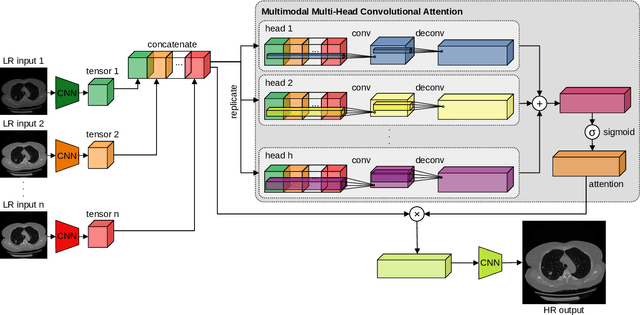
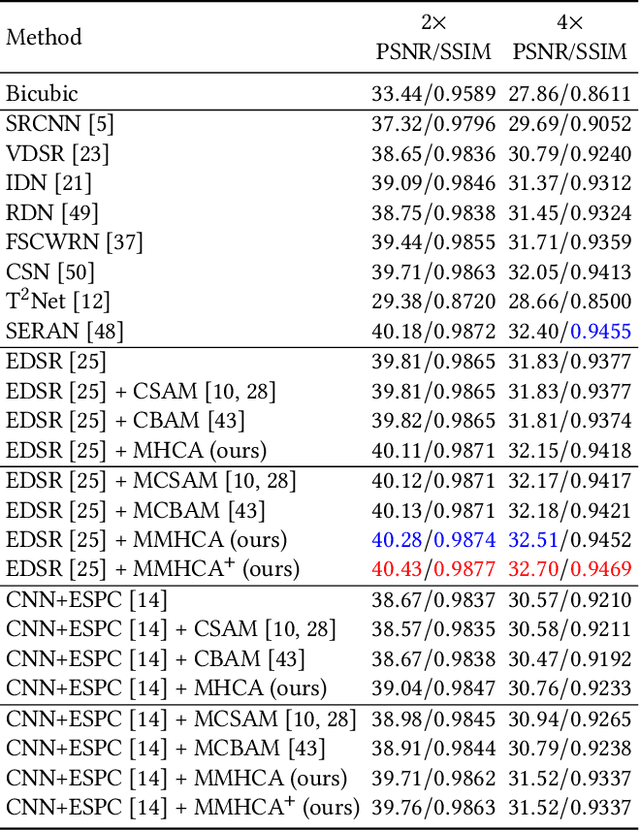
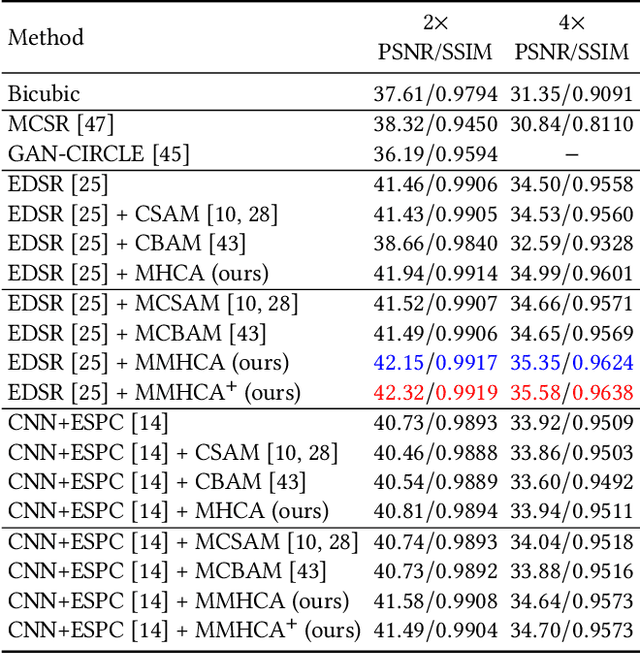
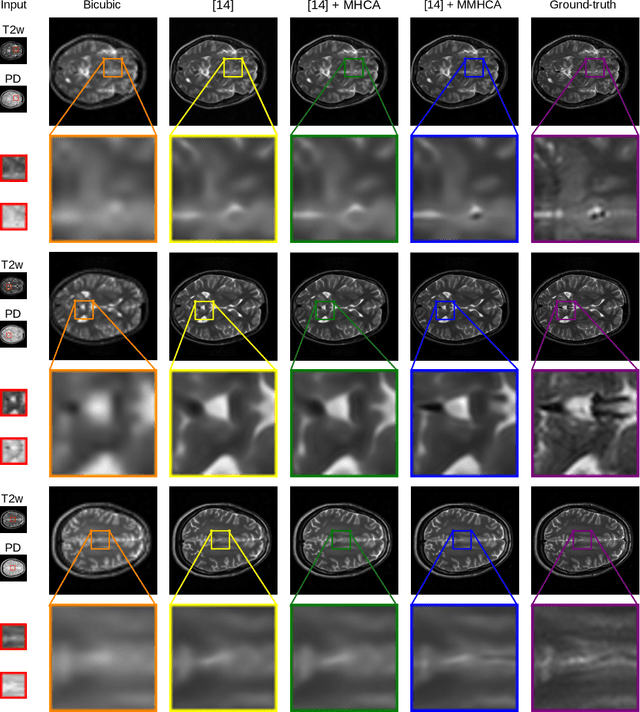
Abstract:Super-resolving medical images can help physicians in providing more accurate diagnostics. In many situations, computed tomography (CT) or magnetic resonance imaging (MRI) techniques output several scans (modes) during a single investigation, which can jointly be used (in a multimodal fashion) to further boost the quality of super-resolution results. To this end, we propose a novel multimodal multi-head convolutional attention module to super-resolve CT and MRI scans. Our attention module uses the convolution operation to perform joint spatial-channel attention on multiple concatenated input tensors, where the kernel (receptive field) size controls the reduction rate of the spatial attention and the number of convolutional filters controls the reduction rate of the channel attention, respectively. We introduce multiple attention heads, each head having a distinct receptive field size corresponding to a particular reduction rate for the spatial attention. We integrate our multimodal multi-head convolutional attention (MMHCA) into two deep neural architectures for super-resolution and conduct experiments on three data sets. Our empirical results show the superiority of our attention module over the state-of-the-art attention mechanisms used in super-resolution. Moreover, we conduct an ablation study to assess the impact of the components involved in our attention module, e.g. the number of inputs or the number of heads.
CyTran: Cycle-Consistent Transformers for Non-Contrast to Contrast CT Translation
Oct 21, 2021
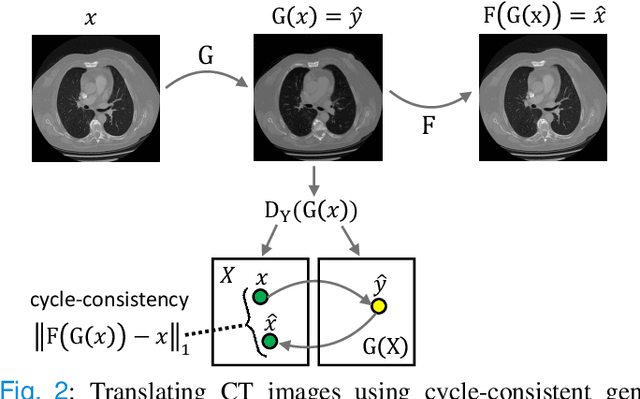
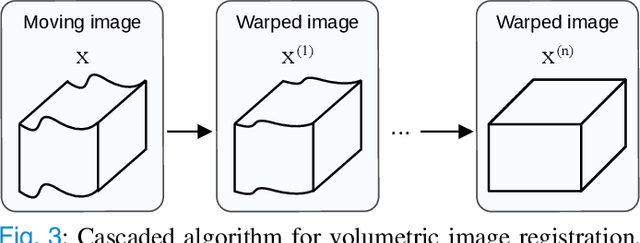
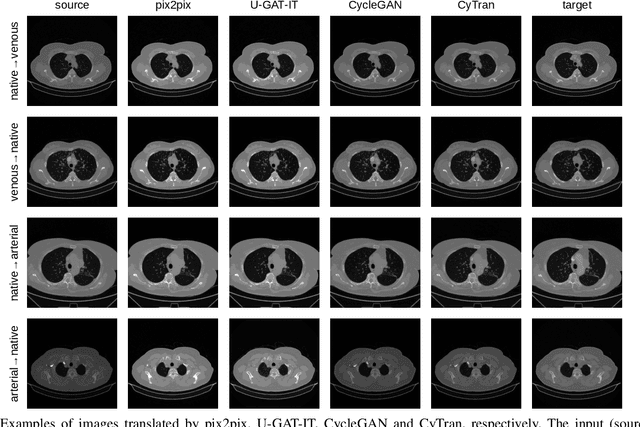
Abstract:We propose a novel approach to translate unpaired contrast computed tomography (CT) scans to non-contrast CT scans and the other way around. Solving this task has two important applications: (i) to automatically generate contrast CT scans for patients for whom injecting contrast substance is not an option, and (ii) to enhance alignment between contrast and non-contrast CT by reducing the differences induced by the contrast substance before registration. Our approach is based on cycle-consistent generative adversarial convolutional transformers, for short, CyTran. Our neural model can be trained on unpaired images, due to the integration of a cycle-consistency loss. To deal with high-resolution images, we design a hybrid architecture based on convolutional and multi-head attention layers. In addition, we introduce a novel data set, Coltea-Lung-CT-100W, containing 3D triphasic lung CT scans (with a total of 37,290 images) collected from 100 female patients. Each scan contains three phases (non-contrast, early portal venous, and late arterial), allowing us to perform experiments to compare our novel approach with state-of-the-art methods for image style transfer. Our empirical results show that CyTran outperforms all competing methods. Moreover, we show that CyTran can be employed as a preliminary step to improve a state-of-the-art medical image alignment method. We release our novel model and data set as open source at: https://github.com/ristea/cycle-transformer.
 Add to Chrome
Add to Chrome Add to Firefox
Add to Firefox Add to Edge
Add to Edge